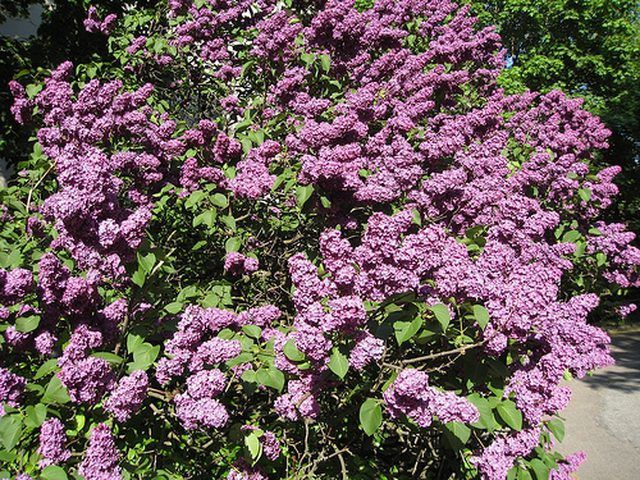Bulbs
Flower Basics
Flower Beds & Specialty Gardens
Flower Garden
Garden Furniture
Garden Gnomes
Garden Seeds
Garden Sheds
Garden Statues
Garden Tools & Supplies
Gardening Basics
Green & Organic
Groundcovers & Vines
Growing Annuals
Growing Basil
Growing Beans
Growing Berries
Growing Blueberries
Growing Cactus
Growing Corn
Growing Cotton
Growing Edibles
Growing Flowers
Growing Garlic
Growing Grapes
Growing Grass
Growing Herbs
Growing Jasmine
Growing Mint
Growing Mushrooms
Orchids
Growing Peanuts
Growing Perennials
Growing Plants
Growing Rosemary
Growing Roses
Growing Strawberries
Growing Sunflowers
Growing Thyme
Growing Tomatoes
Growing Tulips
Growing Vegetables
Herb Basics
Herb Garden
Indoor Growing
Landscaping Basics
Landscaping Patios
Landscaping Plants
Landscaping Shrubs
Landscaping Trees
Landscaping Walks & Pathways
Lawn Basics
Lawn Maintenance
Lawn Mowers
Lawn Ornaments
Lawn Planting
Lawn Tools
Outdoor Growing
Overall Landscape Planning
Pests, Weeds & Problems
Plant Basics
Rock Garden
Rose Garden
Shrubs
Soil
Specialty Gardens
Trees
Vegetable Garden
Yard Maintenance
Lilac Bushes & Insects
Lilac Bushes & Insects. With its beautiful flowers and wonderful fragrance, the lilac bush is a wonderful addition to any garden. You need to be careful, however, because insects are attracted to this bush.

With its beautiful flowers and wonderful fragrance, the lilac bush is a wonderful addition to any garden. You need to be careful, however, because insects are attracted to this bush.
Aphids and Borers
Aphids and borers are insects that bother the lilac bush by feeding on the leaves. This occurs mostly during the summer season.
Carpenter Ants and Yellow Jackets
Carpenter ants and yellow jackets (wasps) are attracted to the lilac bush because of its sap and the honeydew, which is excreted by aphids. Carpenter ants and yellow jackets suck the honeydew and chew on the leaves.
Effects
You can clearly tell if you have an insect problem in your lilac bush. The leaves will be chewed, curled, discolored and dying.
Prevention
A soapy water solution or mild insecticide sprayed directly on the affected areas will kill most minor insect problems. Spray lilac bushes approximately two times per week until you no longer see the insect problem and its effects.
Pruning
Pruning, cutting the branches back, is an important part of lilac care that helps prevent and treat plant disease and insect problems.